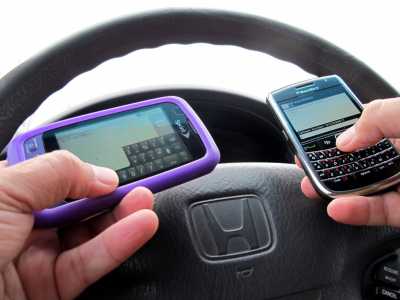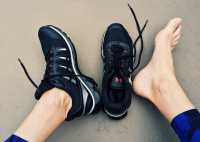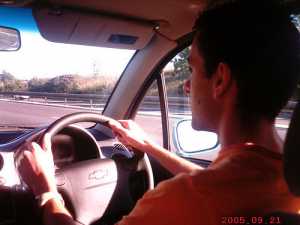Accidents & Violence, Aging, Author Interviews, Cannabis, JAMA / 19.01.2024
Even older, regular users of cannabis should refrain from driving after cannabis use
MedicalResearch.com Interview with:
Patricia Di Ciano, PhD
Scientist, Institute for Mental Health Policy Research, Centre for Addiction and Mental Health
Assistant Professor, Department of Pharmacology and Toxicology
University of Toronto
Campbell Family Mental Health Research Institute
Collaborative Program in Neuroscience
MedicalResearch.com: What is the background for this study?
Response: It is now fairly well established that cannabis has a detrimental effect on driving. The most consistently reported effect of cannabis on driving is to increase ‘weaving’ on the road. We know that cannabis use is on the rise in people over 65 years of age. In fact, over the past few years cannabis use is increasing the most in this age group.
Despite this, there are few studies of the effects of cannabis on people over 65; most studies have been conducted on younger adults. We know that there are important age-related changes in the way the body works that may alter the impact of cannabis on the body. Also, older adults may have more experience with cannabis and this can change the effects of cannabis.
(more…)












